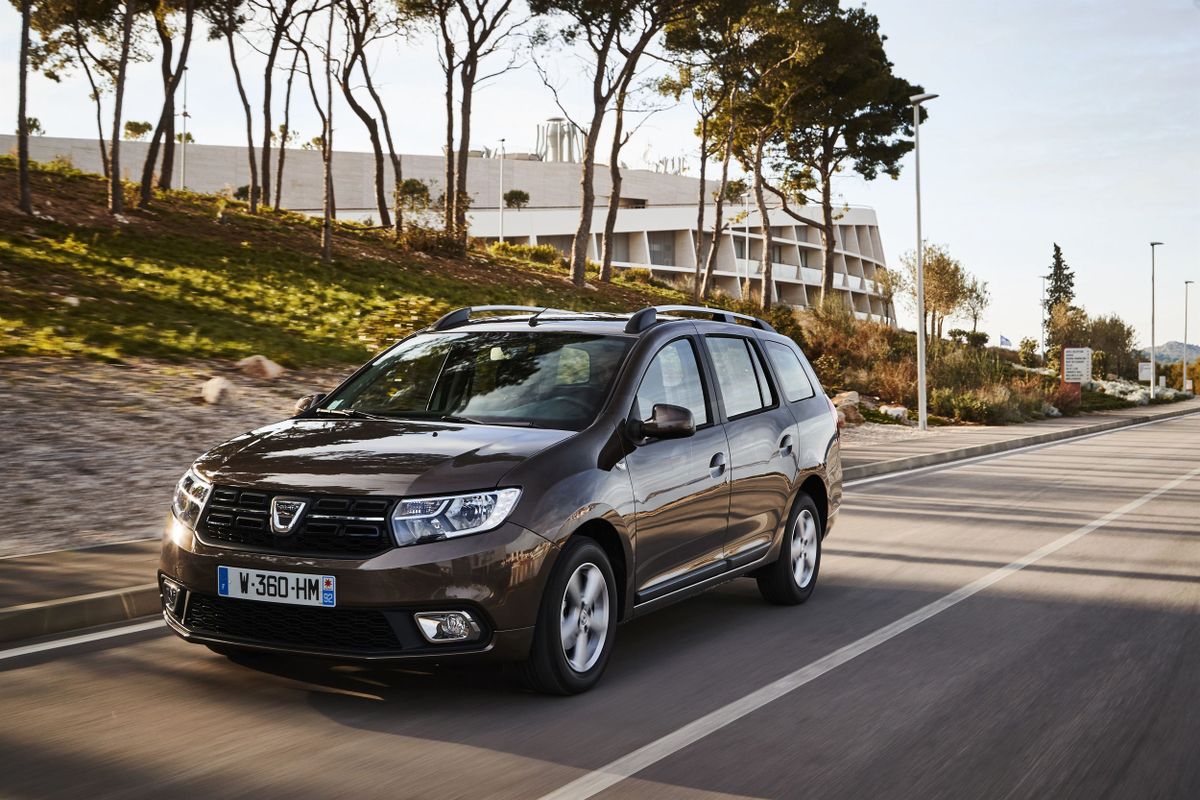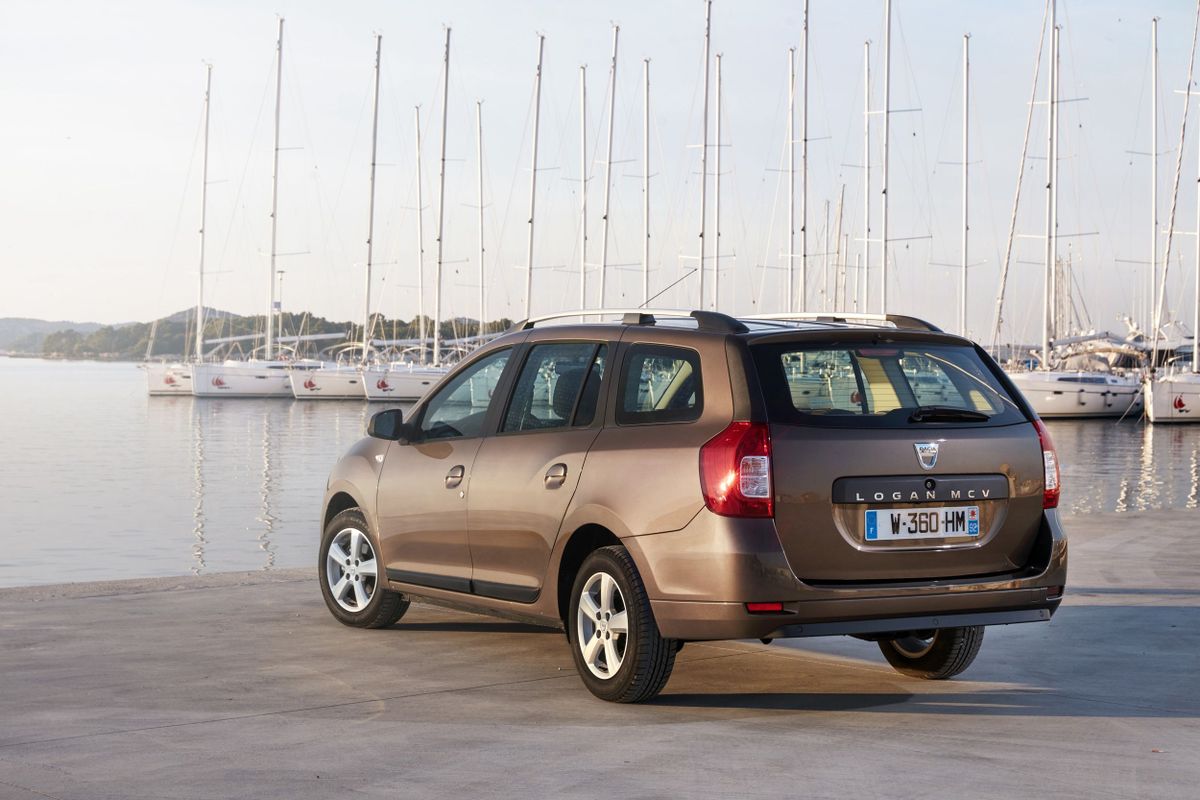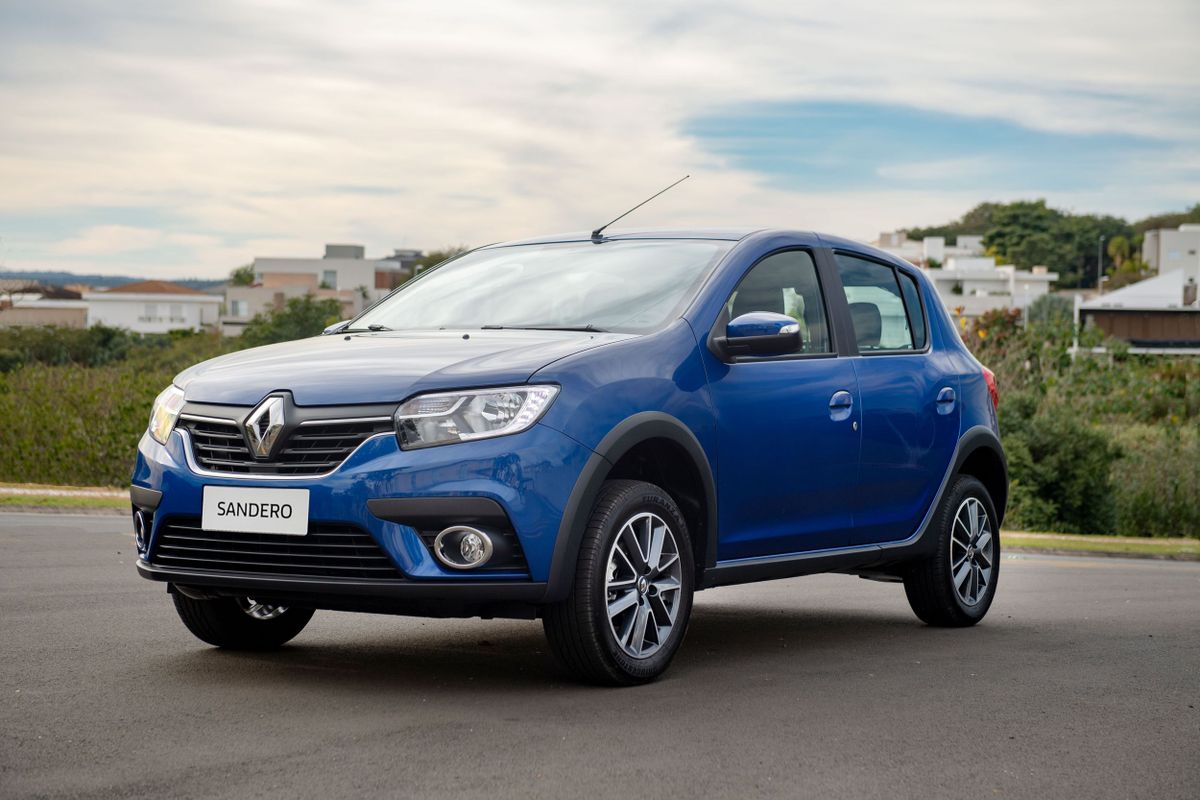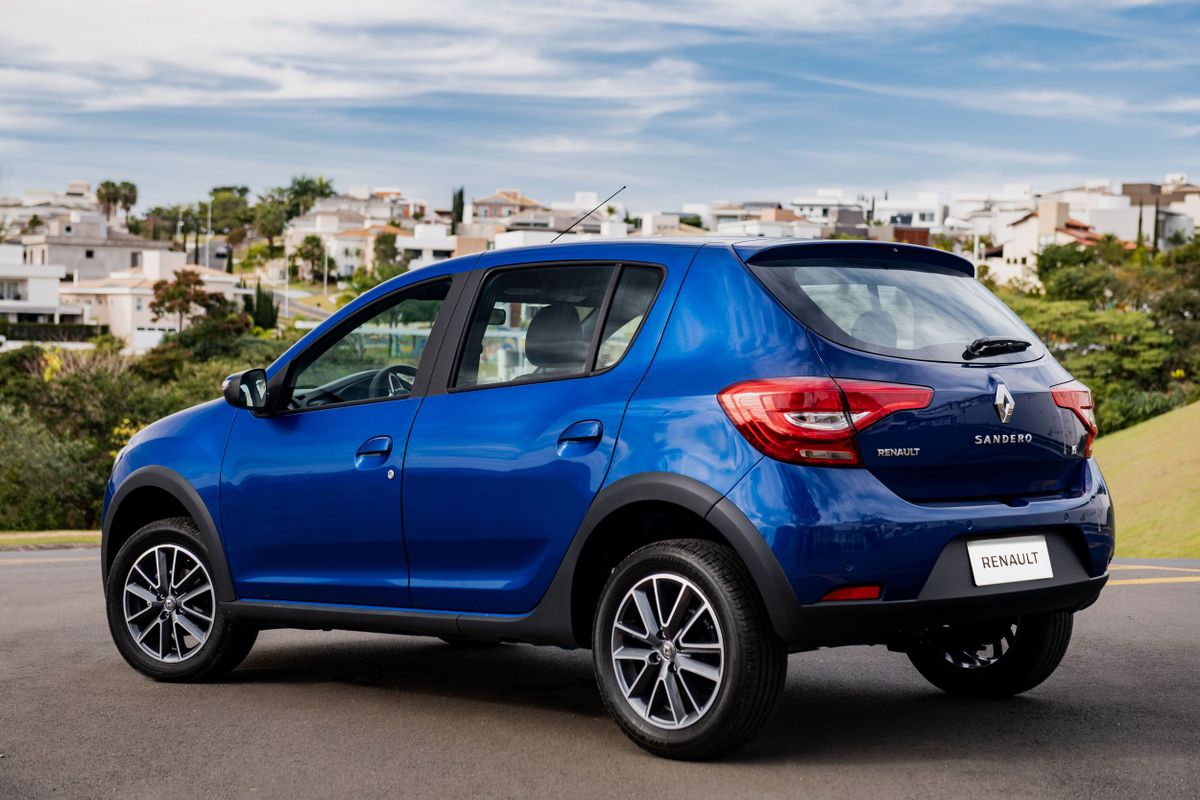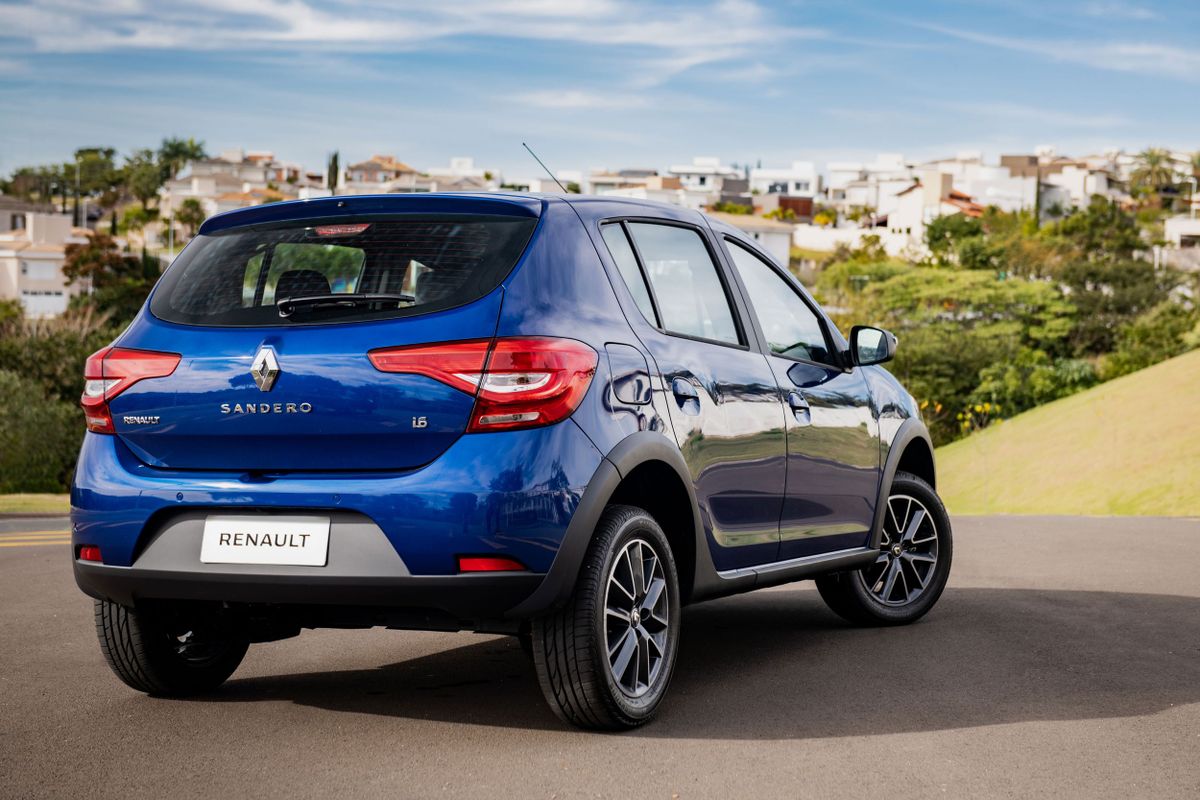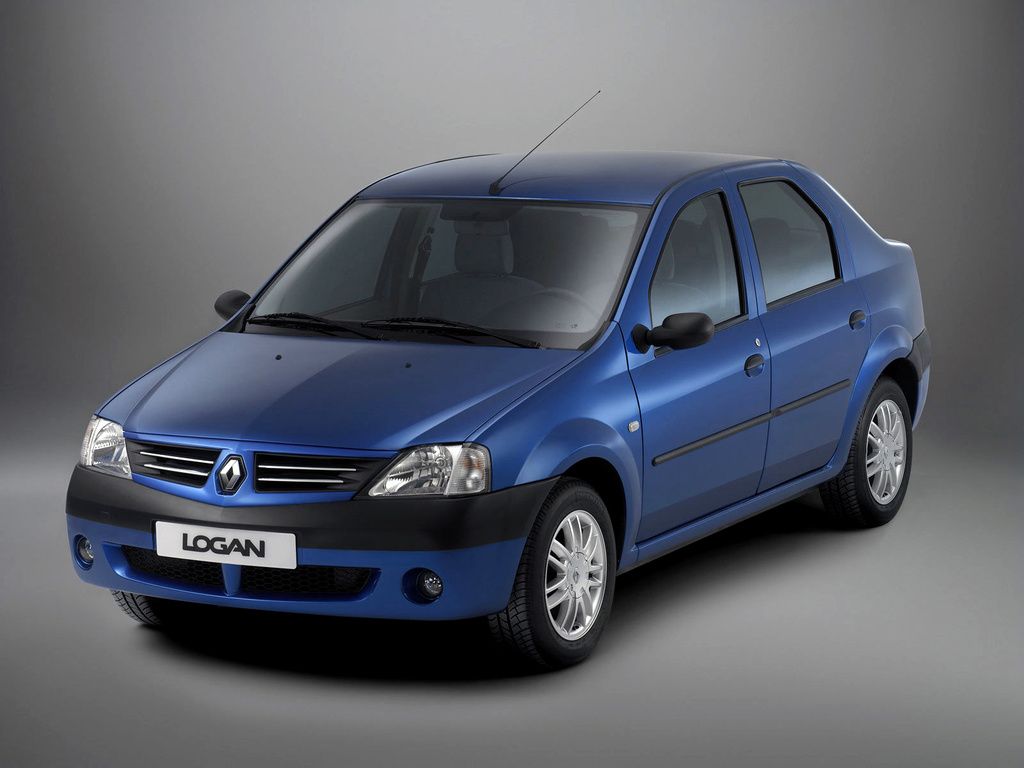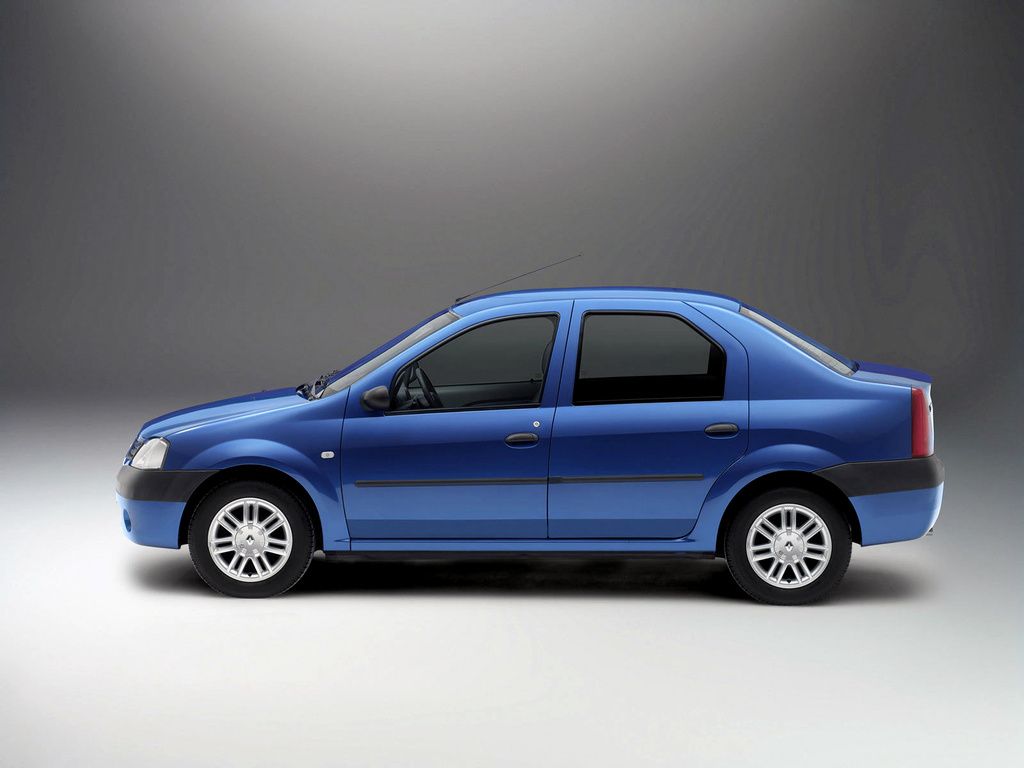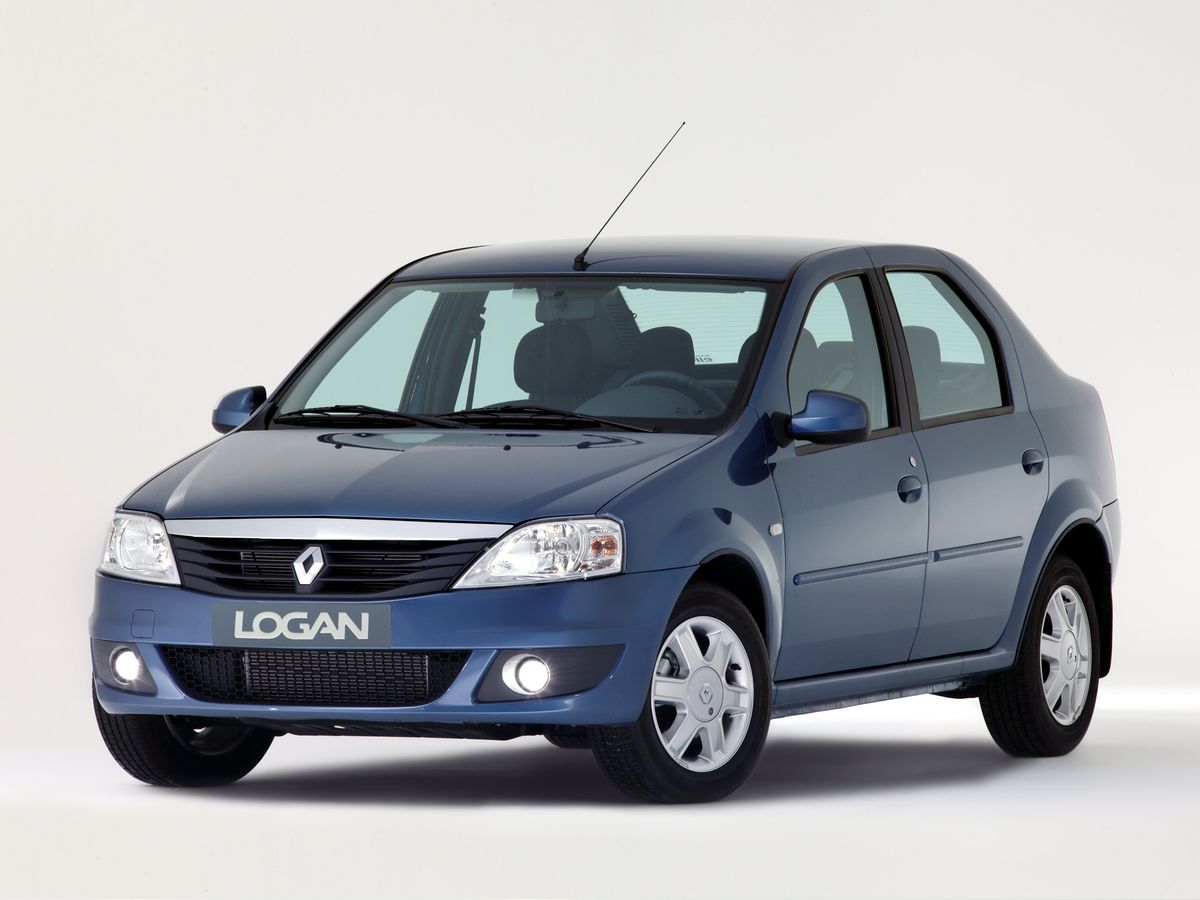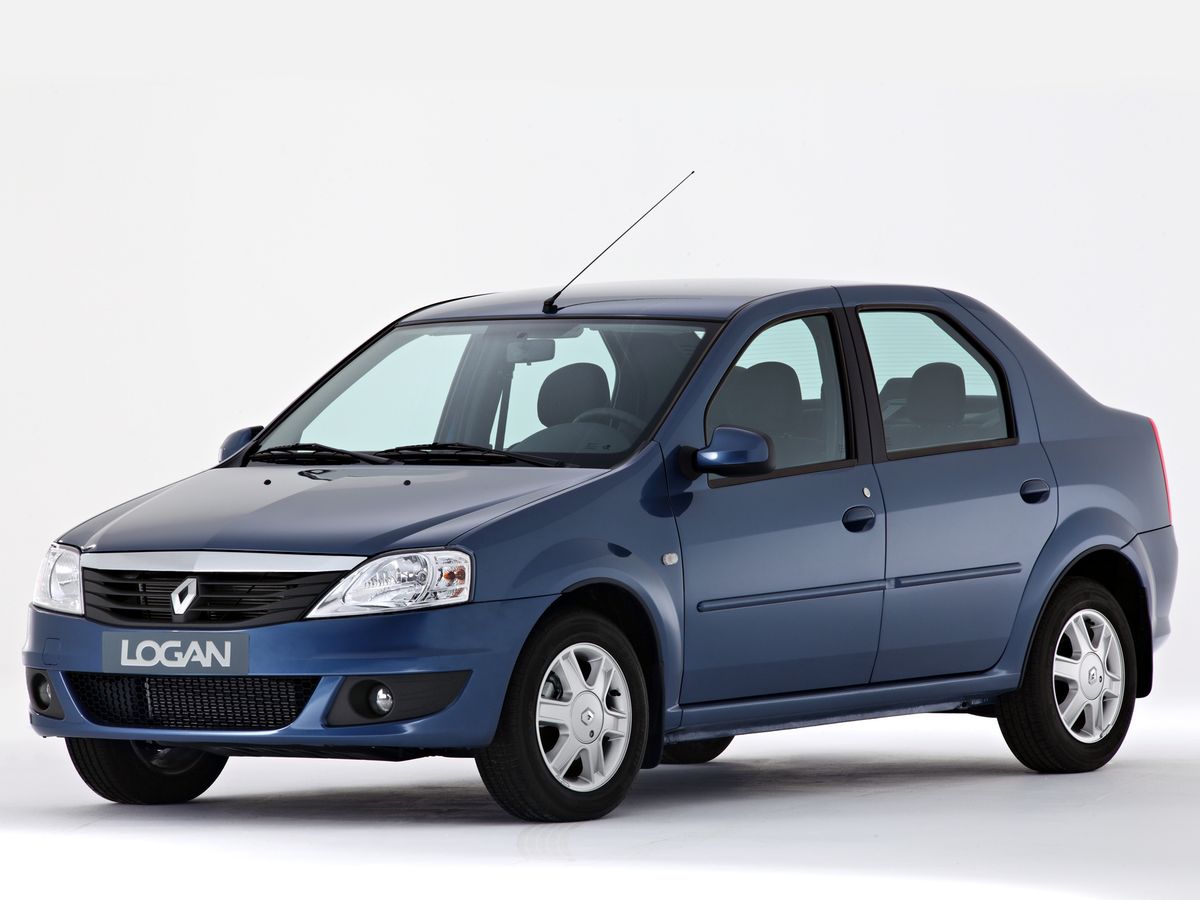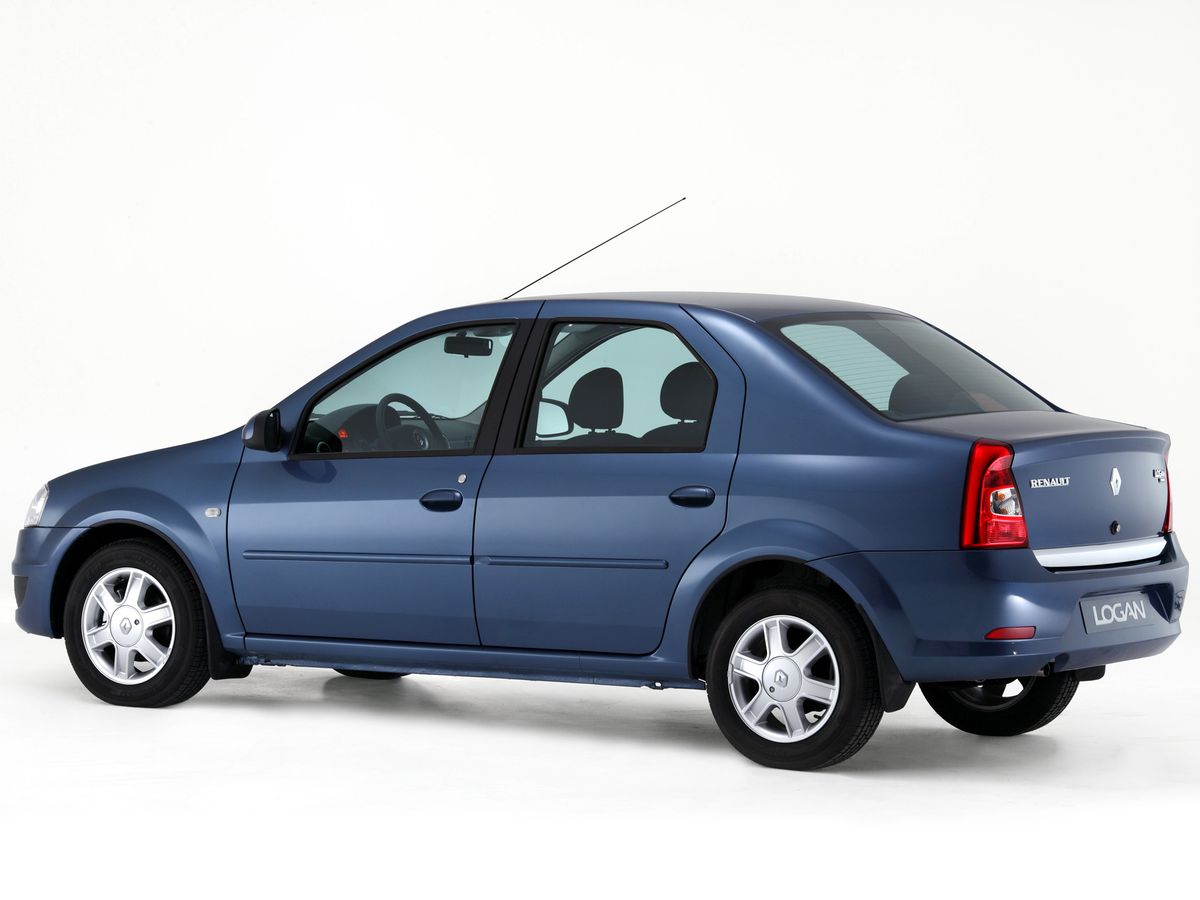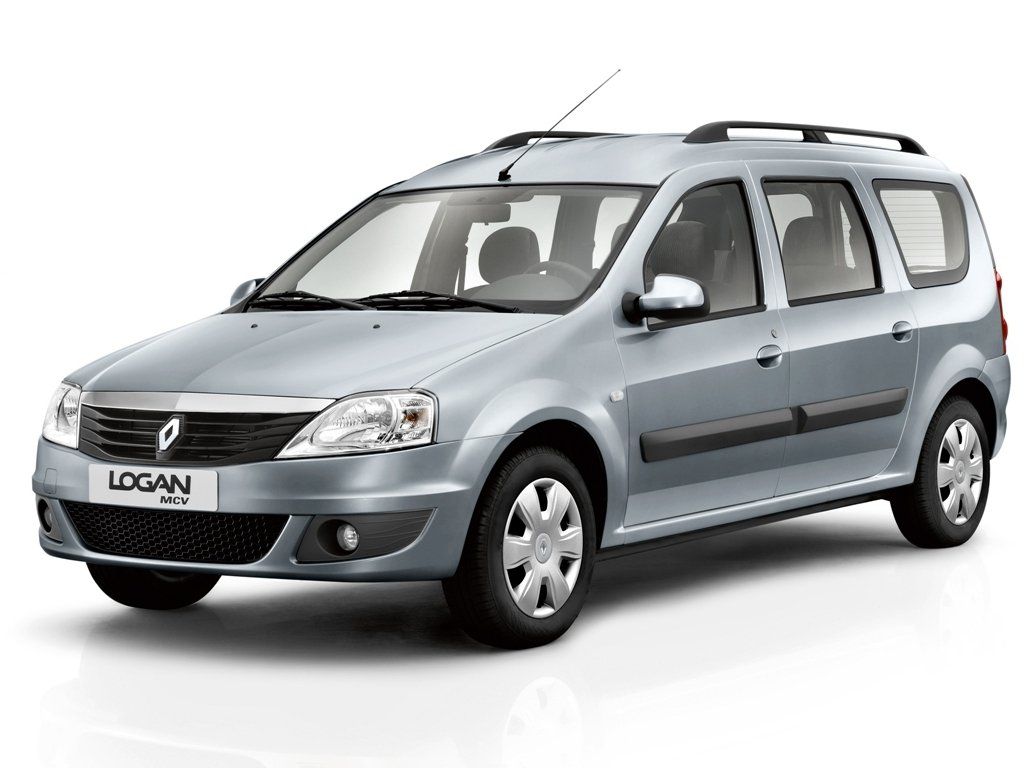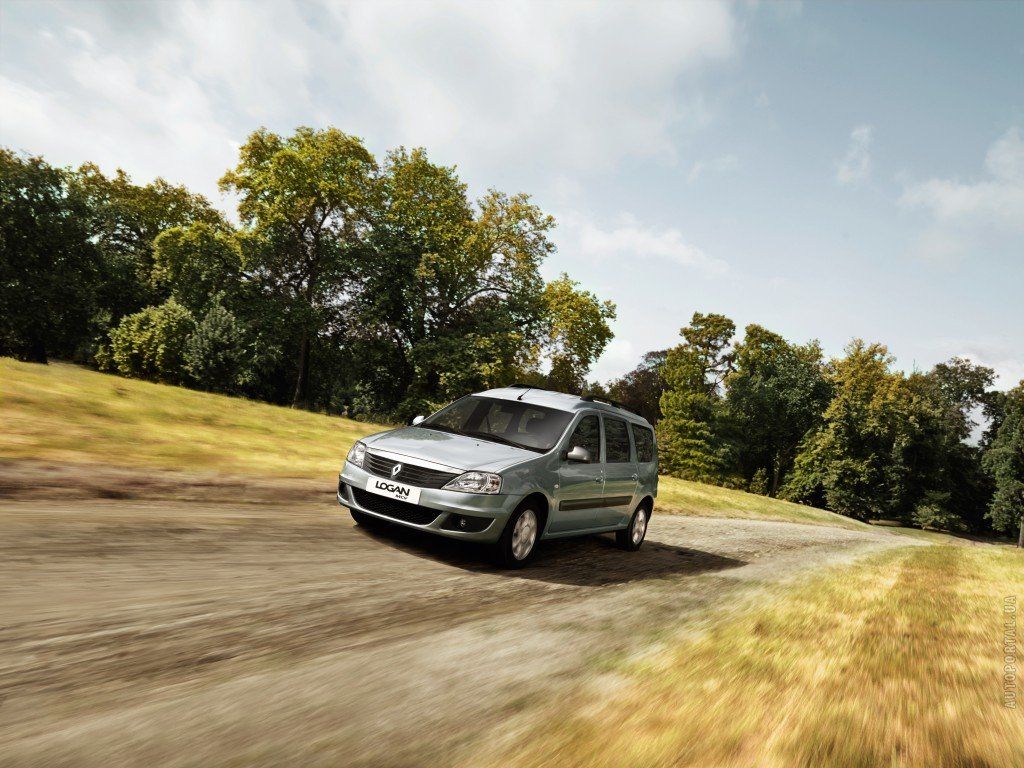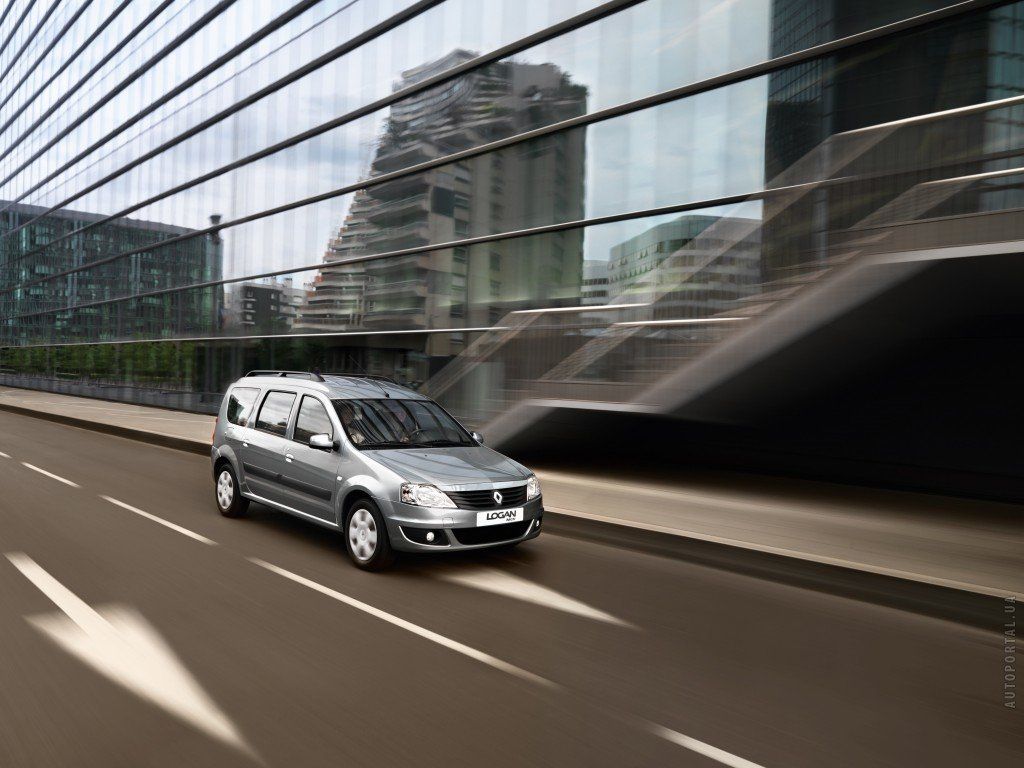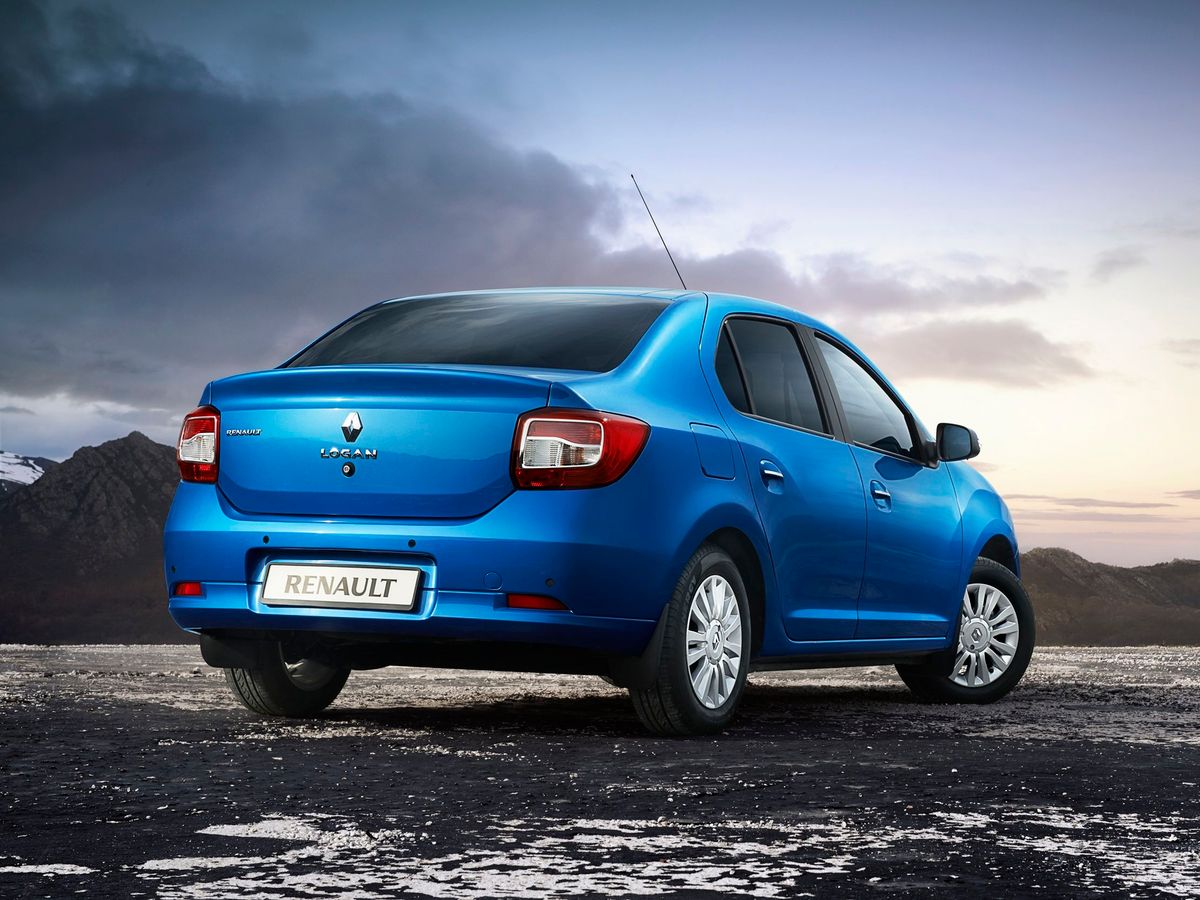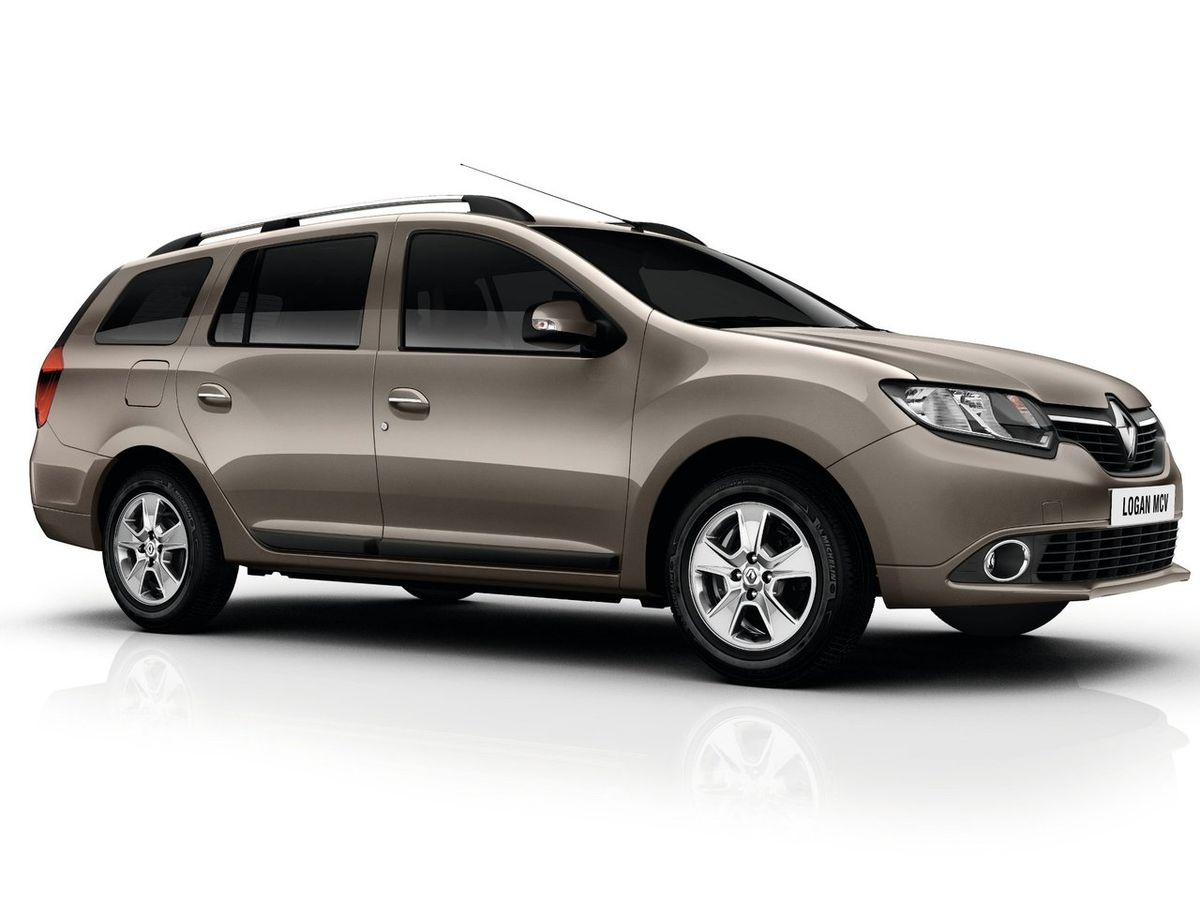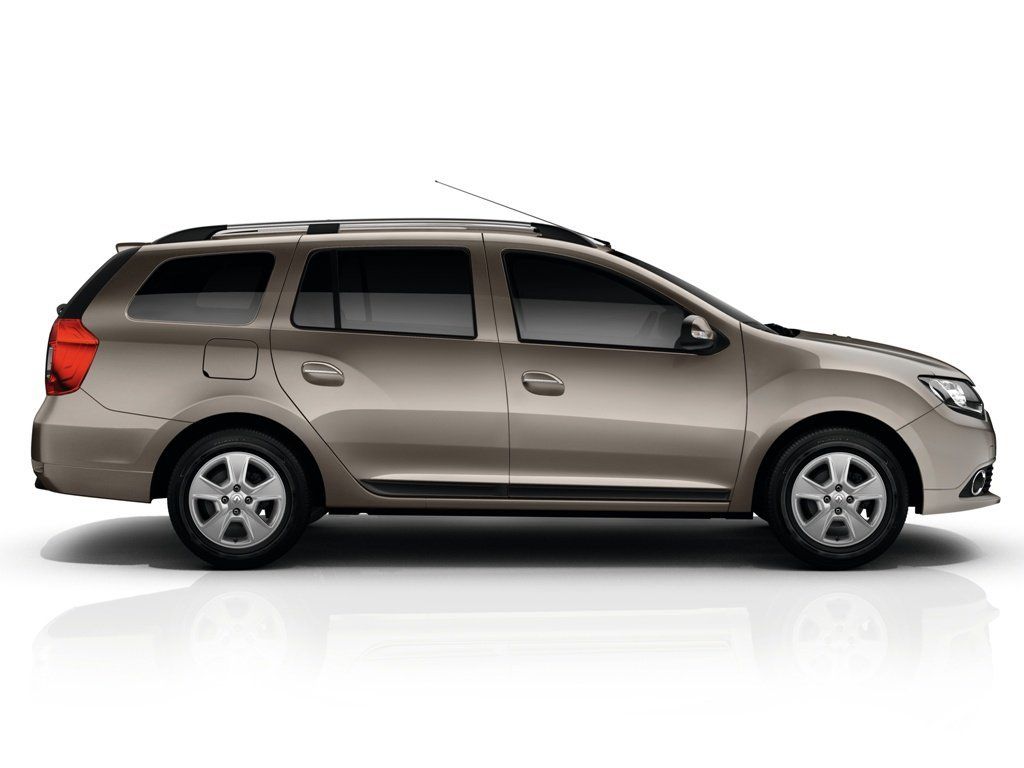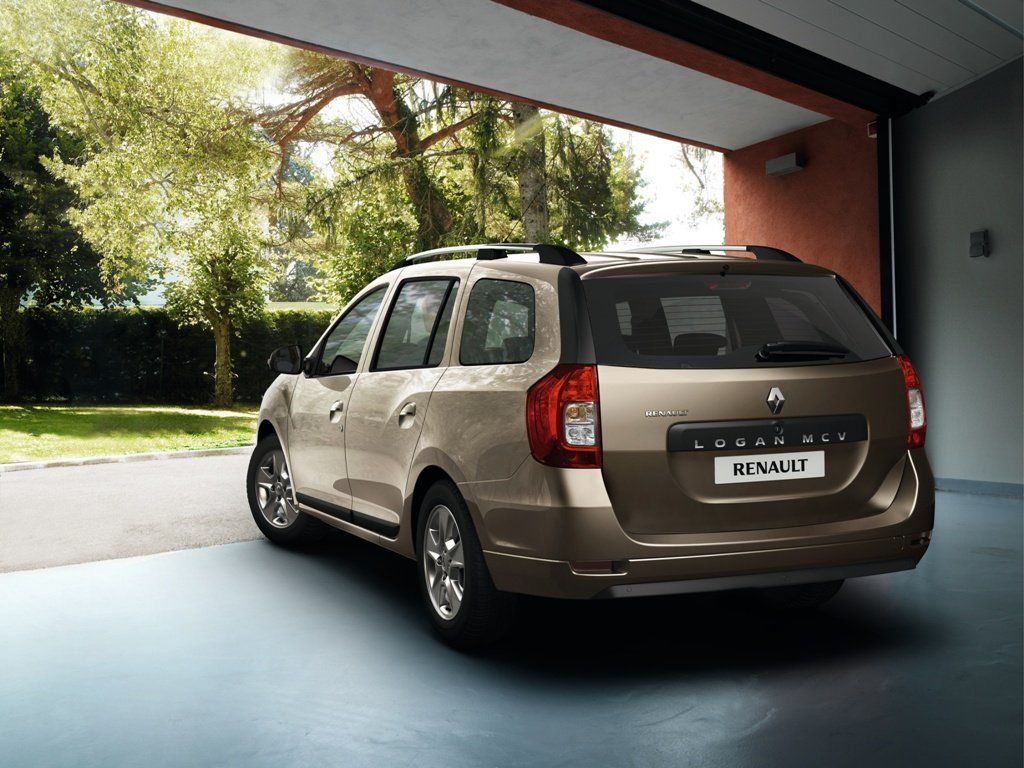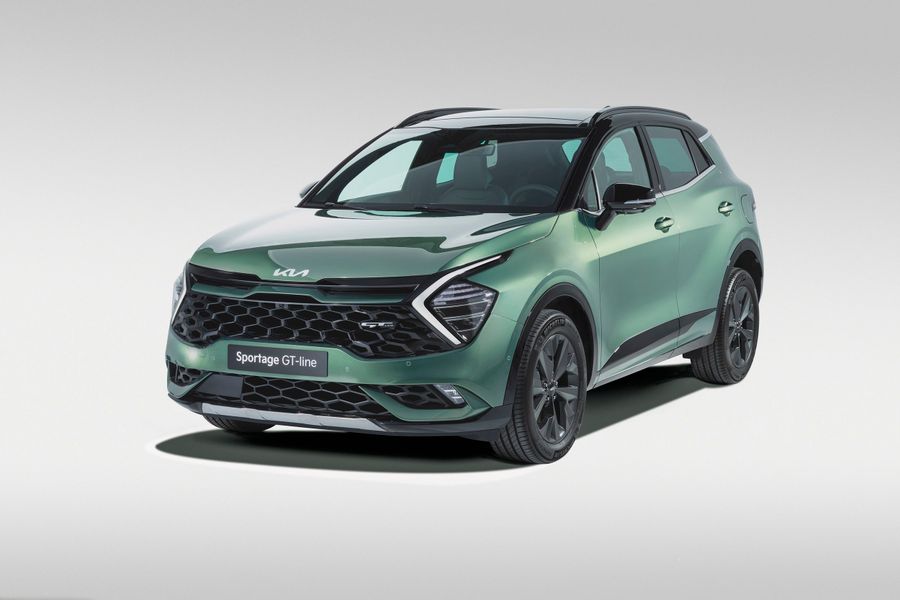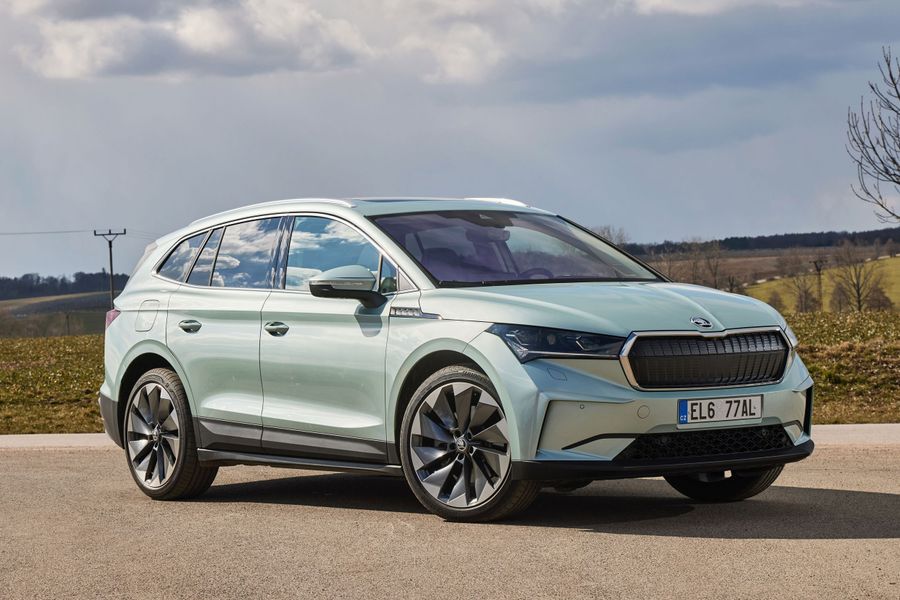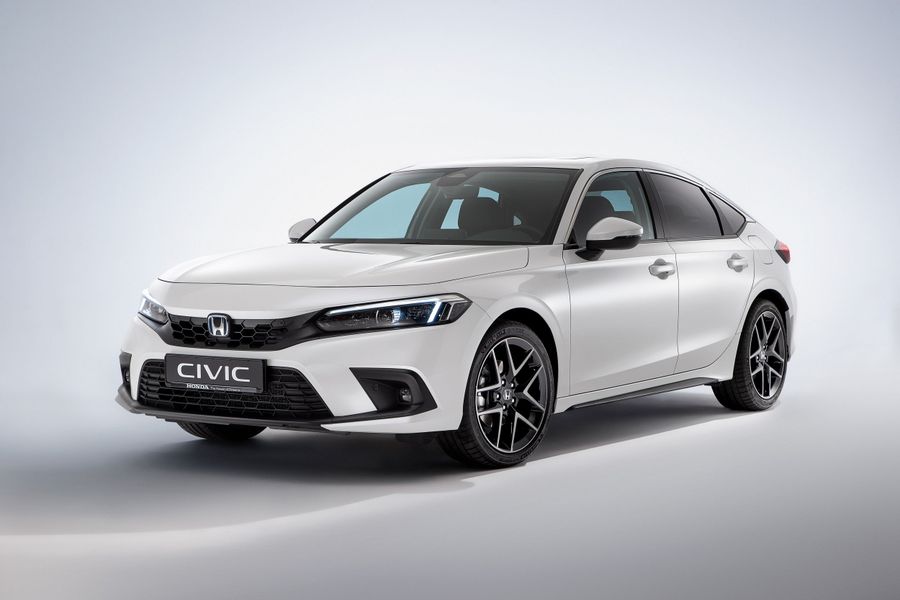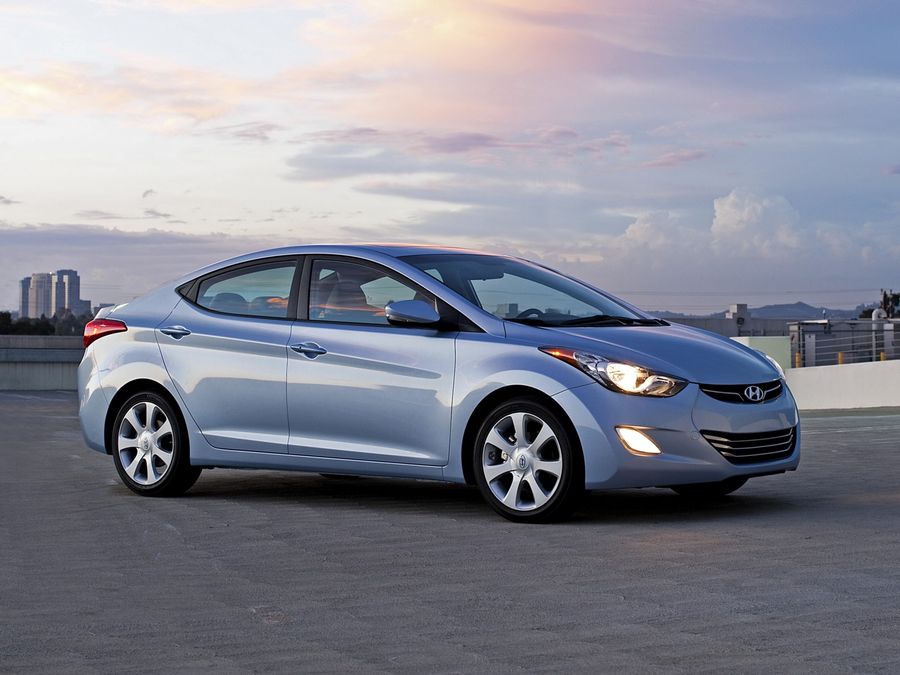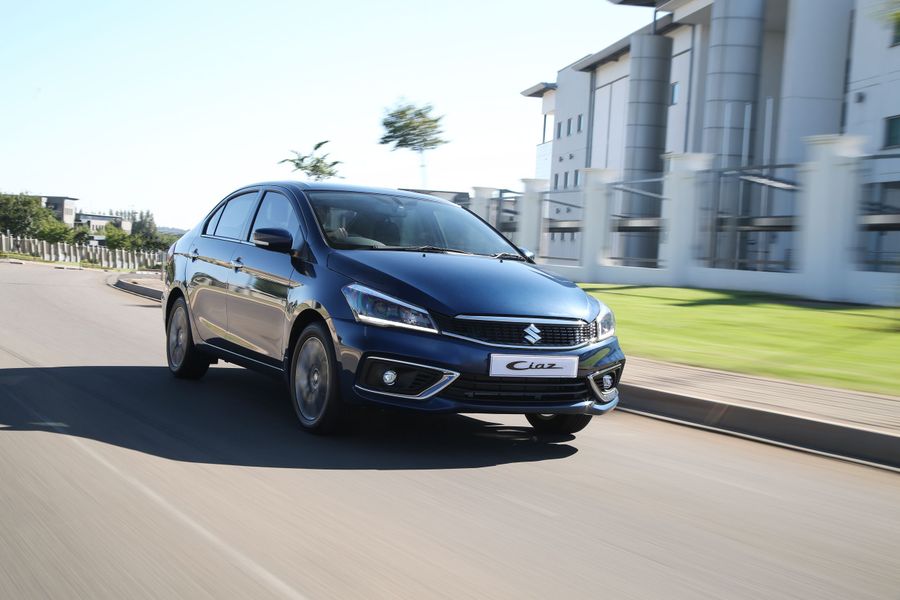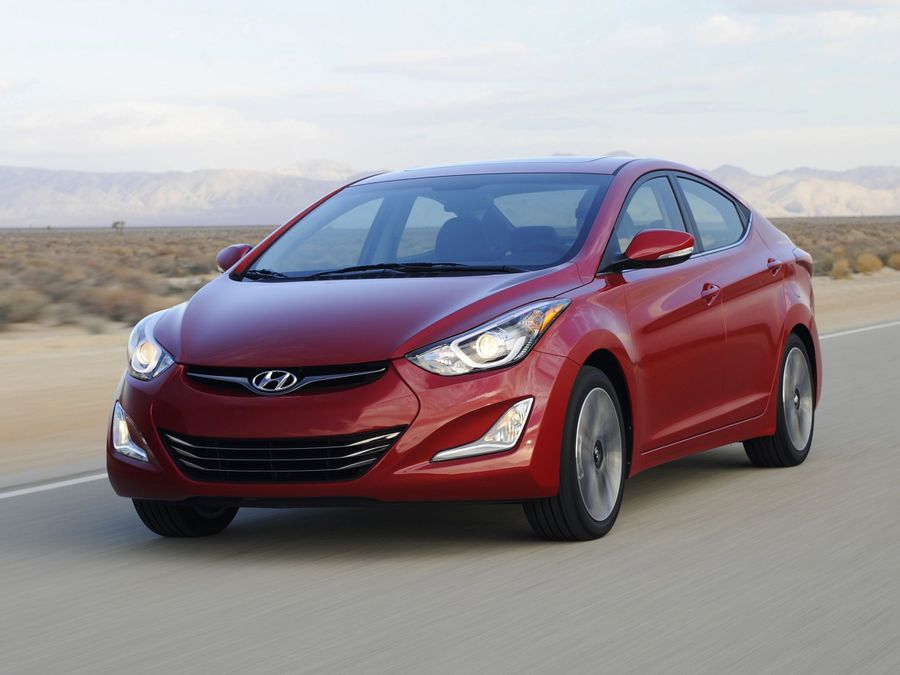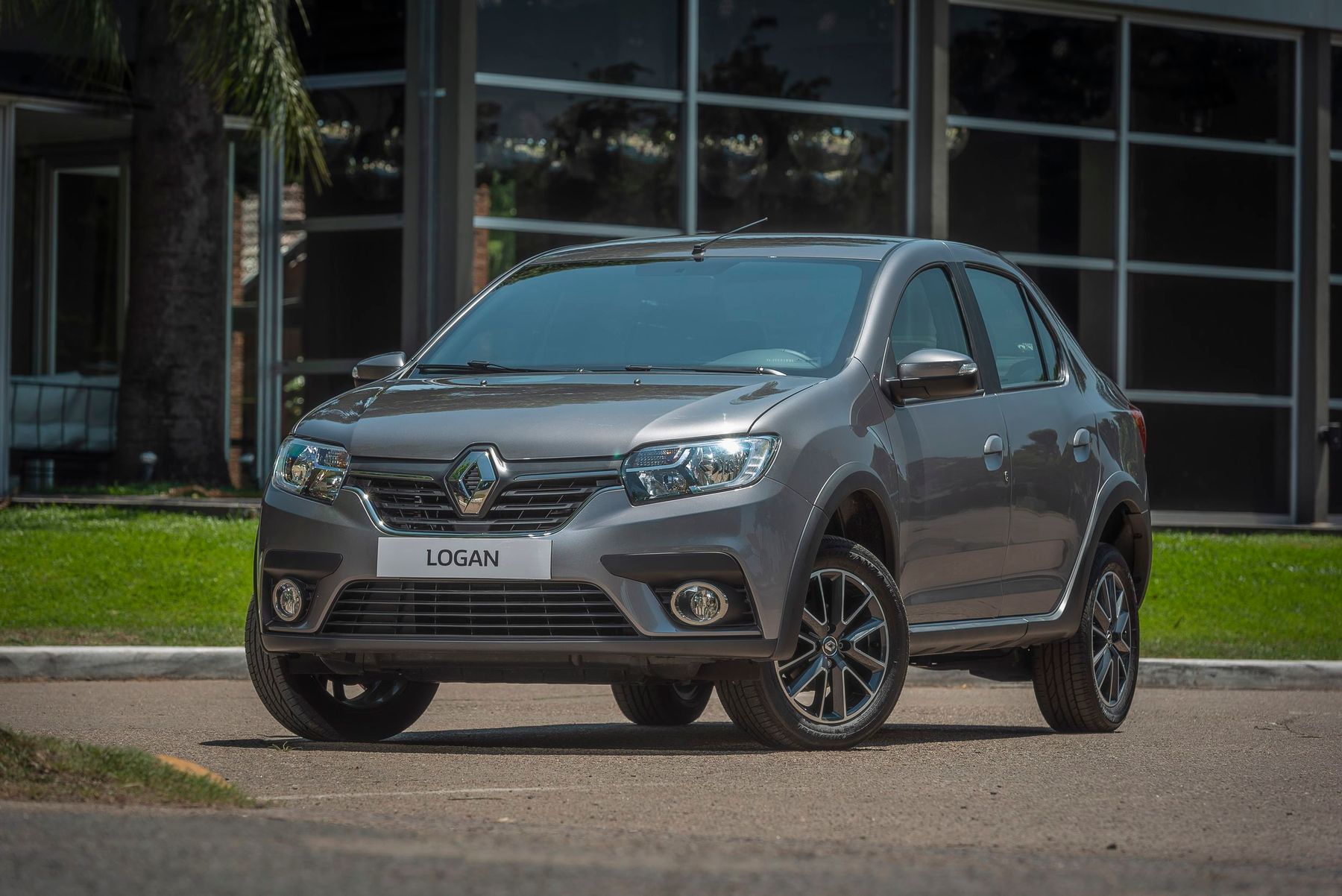
Renault Logan. Affordable best-seller
The Renault Logan is an affordable subcompact car designed by Renault specifically for developing countries, where the low level of income is combined with bad roads and poor quality gasoline. It has been produced since 2004 in sedan and 5-door estate bodies. Depending on the market, it is sold under the Dacia, Renault and Nissan brands. In Europe (with the exception of Russia) and in Morocco, it is sold as the Dacia Logan, which is assembled at factories in Romania and Morocco. At the end of 2018, the manufacturer released the Logan Stepway with different bumpers and a higher ground clearance. Israeli buyers can purchase the second generation Dacia Logan MCV 5-seater estate after the restyling in 2016 (as of 2021). The abbreviation MCV stands for Multi Convivial Vehicle.
The Dacia Logan MCV comes to Israel with a 1.5-liter turbocharged diesel engine with 95 hp and 224 Nm (maximum torque). This unit has a fuel-efficiency mode that allows you to reduce the average fuel consumption to 4 liters per 100 km in mixed driving mode. The engine is paired with a 5-speed manual transmission. In 2021, the price for an estate starts from 86,216 shekels (including licensing fee).
Origins
In 1997, Jacques Chirac, the former French president, visited Russia and noticed the popularity of locally made, cheap, simple and easy to repair cars. The task set before the developers was to create a production car, which would cost less than the local Lada in Russia, and only 5,000 euros in Europe. To fulfill this condition, it was necessary to save both on the development of the car itself, and on the production of new components and assemblies. The idea was great, and the result did not disappoint either. The first year of sales showed that the Logan had a bright future in Russia. Between 2006 and 2010, it was the leader in the segment of affordable vehicles. And its B0 platform was used to develop the following vehicles: the Renault Logan MCV Estate, Renault Sandero Hatchback, Renault Logan Pick-Up, Renault Logan Van, Renault Duster and Captur SUVs (a model for developing countries is called ‘Kaptur’, similar to the European Captur).
The first generation
The B0 platform concept is largely similar to Nissan’s B platform (which makes the Logan similar to the second generation Cube and Micra models). It was immediately decided to start production in Eastern Europe with low labor costs at the facilities of the Romanian company Automobile Dacia S.A. Next, the manufacturer studied the demand and discovered that practical sedans like the outdated Renault 19 were in demand in many Eastern European countries, especially in the CIS markets.
Luckily, Renault had a wide choice of powertrains for the Logan. As a result, the new model received the well-known 1.4-liter K7J and 1.6-liter K7M gasoline engines, the MacPherson strut front suspension from the Clio hatchback, the steering from the Symbol, the clutch and the 5-speed manual transmission from the second generation Megane, and a rear suspension from Renault and Nissan B0 platform-based compact cars. Considering the low price, the exterior looked cheap, featuring simple body panels and windows. The interior also looked plain with its one-piece plastic parts such as dashboards or door cards.
It was planned to sell the car in Romania, Russia, India, Morocco, Iran and Latin America. Therefore, the manufacturer did not save on components and assemblies that were related to operation, reliability and energy intensity. For example, the suspension was mounted on a powerful subframe, and the power unit was covered with steel protection from below. In 2007, 230,000 cars were sold worldwide. In 2009, this model even became the most popular foreign car in Russia in terms of sales volumes. Of all Renault models, this affordable sedan with a characteristic angular silhouette became the first ‘new foreign car’ for hundreds of thousands of Russian motorists. The first generation Renault Logan can be considered one of the most popular and commercially successful ‘Russified’ projects, as its production was arranged in Russia.
The Renault Logan became the first ‘new foreign car’ for hundreds of thousands of Russian motorists
It was produced from 2004 to 2013. Production started in Romania and then in other countries. In total, more than one million cars of the first generation were sold. The first Dacia Logan could be equipped with 1-liter, 1.4-liter and two versions of 1.6-liter engines (8- and 16-valve), as well as a 1.5-liter diesel engine, coupled with 5-speed manual and 4-speed automatic transmission. The car was front-wheel drive. Apart from sedans, there were estates, vans and even pickups. The standard ground clearance for bad roads was 155 mm, and, for example, in France, the car had only 135 mm under the bottom.
In July 2008, the Dacia plant began to produce a slightly upgraded car after the restyling, which touched the exterior and interior. There were also minor technical changes (the main thing was the eighth generation Bosch ABS with brake force distribution function during emergency braking). The car featured slightly larger headlights, different bumpers, a radiator grille with a chrome trim, modified taillights and a trunk lid. There were (according to the ‘crowd funding’ recipe) the front panel and door cards from the hatchback Dacia Sandero, a new steering wheel from the Renault Clio, a middle head restraint in the rear seat, and a steering column height adjustment (on some trim levels).
In parallel, the manufacturer produced the Logan MCV estate, which stands for Multi Convivial Vehicle. The car was unveiled at the 2006 Paris Motor Show. The estate differed from the sedan by the wheelbase increased to 2,905 mm, the roof raised 10 cm higher, and the reinforced suspension. The Logan MCV had a double-leaf tailgate and was produced in a 5- or 7-seater version (two additional seats were installed in the trunk, facing the engine). The 5-seater version had a trunk of 700 liters (or more than 2,000 liters with the second row seats folded down).
The second generation
It was unveiled at the 2012 Paris Motor Show. The second Logan boasted upgraded exterior and interior. Thus, the interior started looking more interesting and featured new, more comfortable seats. The entry-level model came with an expanded list of equipment, including body color bumpers, light tinted glass, a full-size spare wheel and front seat head restraints, heated rear window. However, the unpainted outside mirrors were black and manually adjustable, seat upholstery was made of inexpensive fabric, and there was not even a power steering.
More expensive Logan versions got a power steering, remote control central locking, air conditioning, a height-adjustable steering wheel, a CD-MP3 + AUX + USB + Bluetooth sound system and a steering column joystick, an on-board computer, electric and electrically heated exterior mirrors, front and rear power windows. The top-end Luxe Privilege version offered a climate control system, a leather steering wheel, heated front seats and windshield.
The Renault Logan was conceived as a production car for the developing countries, where the low level of income is combined with bad roads and poor quality gasoline.
But, more importantly, the model kept all the main advantages, including a simple and sturdy suspension (MacPherson strut front suspension and rear suspension twist beam). The new Logan had a large trunk with a volume of 510 liters, the rear seats could be folded down to further increase it.
The new Logan MCV debuted at the 2013 Geneva Motor Show. In terms of technical equipment, the estate was completely identical to the sedan. The volume of the trunk was 573 liters, but it could grow up to 1,518 liters. In the fall of 2016, the upgraded Renault/Dacia cars were presented at the Paris Motor Show: the Logan sedan and the Sandero hatchback. The sedan received restyled headlights and a radiator grille, as well as upgraded bumpers and new taillights. The car featured a new steering wheel and new engines. The Renault Logan models for Brazil were updated in 2019 according to their own program. In 2020, the Renault Logan models for Russia were updated for the second time. The third-generation Dacia cars are currently available in Europe.


